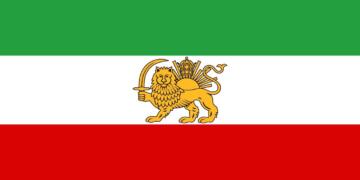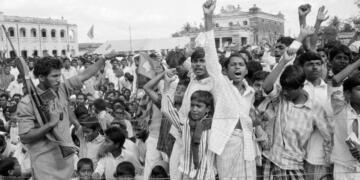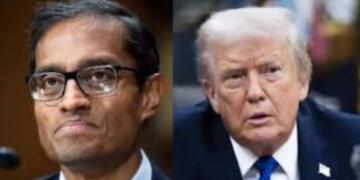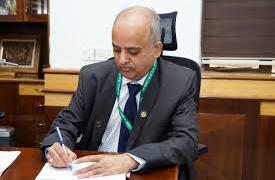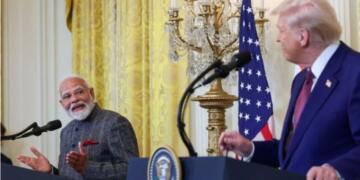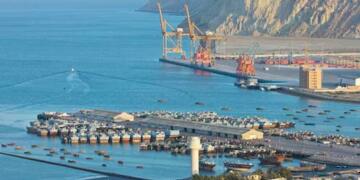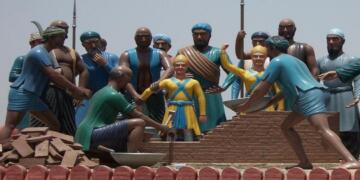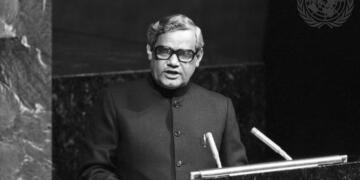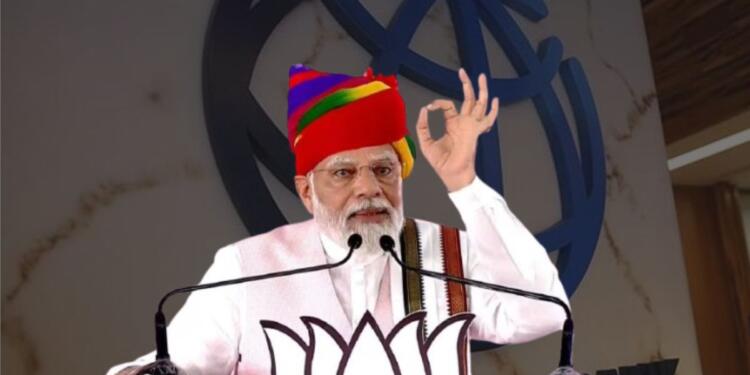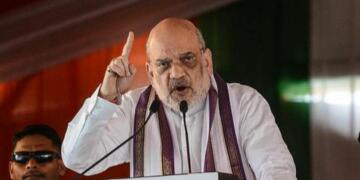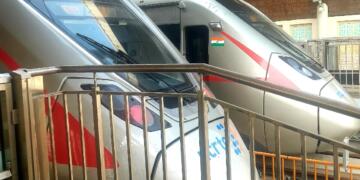Over the past decade, India has quietly scripted one of the most profound success stories of our time, a historic and multidimensional reduction in poverty. This is not merely a statistical shift. It is a transformation in how India thinks about governance, policy, and the dignity of its most vulnerable citizens. At the heart of this silent revolution lies a reimagined governance model rooted in data, powered by technology, and driven by an unwavering commitment to last-mile delivery. And at its helm: the leadership of Prime Minister Narendra Modi.
A New Architecture of Welfare
When the Modi government assumed office in 2014, India faced deeply entrenched poverty, systemic inefficiencies, and alarming levels of exclusion from basic services. Instead of expanding populist subsidies or continuing piecemeal schemes, the government initiated structural reforms designed to overhaul welfare delivery and financial inclusion.
The core of this transformation was built around what is now known as the JAM Trinity- Jan Dhan (financial inclusion through zero-balance bank accounts), Aadhaar (biometric identity for authentication), and Mobile connectivity. The integration of these three tools created the backbone for Direct Benefit Transfers (DBT), a system that sends money straight into beneficiaries’ bank accounts without intermediaries. As of 2024, over ₹34 lakh crore has been disbursed through DBT channels, revolutionizing how entitlements reach citizens and virtually eliminating the scope for corruption or leakage.
More Than Welfare: Dignity and Autonomy
What made this model distinctive was its philosophical underpinning. The intent wasn’t merely to provide relief; it was to restore agency. Welfare became not a handout but a mechanism of empowerment, especially for marginalized groups. As development economist Amartya Sen has long argued, poverty alleviation must go beyond income and focus on expanding individuals’ capabilities to lead meaningful lives. In this sense, JAM became not just a logistical innovation but a moral realignment of state responsibility.
Women, in particular, have been at the center of this policy revolution. Over 55% of Jan Dhan accounts are held by women. Schemes like Ujjwala Yojana, which provided over 9 crore LPG connections, have improved women’s health, reduced the burden of unpaid labor, and granted autonomy over household energy decisions. The Swachh Bharat Mission, which constructed over 110 million toilets, significantly enhanced sanitation, safety, and dignity especially for rural women and girls.
From Subsidy to Capacity
The government’s approach has increasingly moved from traditional welfare to capacity building. Schemes like:
PM Awas Yojana, providing permanent housing to more than 4 crore rural families;
Saubhagya Yojana, ensuring universal household electrification;
Ayushman Bharat, the world’s largest public health insurance scheme;
Mudra Yojana, which issued over ₹27 crore loans to micro-entrepreneurs;
are not merely social programs. They are investments in productive infrastructure and human potential. Many of these loans went to first-time women entrepreneurs, turning beneficiaries into contributors to the economy.
Measurable Success
According to the National Multidimensional Poverty Index (MPI) published by NITI Aayog, more than 13.5 crore Indians exited poverty between 2015 and 2021. This index looks beyond income and considers access to education, nutrition, sanitation, healthcare, and housing. What’s notable is that these improvements came despite the shocks of demonetization, COVID-19, and global economic volatility.
This transformation hasn’t gone unnoticed. Organizations like the United Nations Development Programme (UNDP), World Bank, and IMF have praised India’s model for being both scalable and resilient. The World Bank recently referred to India as a “bright spot” in global poverty reduction efforts.
Inclusivity as Economic Logic
Beyond the statistics lies a deeper truth: inclusivity is no longer just an ethical imperative; it is an economic necessity. Scholars like Arjun Sengupta and Martin Ravallion have long advocated that structural poverty can only be addressed through inclusive institutions. India’s recent governance model embodies this idea, integrating the poor not as passive recipients, but as active participants in development.
As gender equity and digital access expand, so does India’s base of economic contributors. Policies are now being designed with intersections of caste, gender, geography, and economic vulnerability in mind, not as add-ons, but as core considerations.
The Road to Viksit Bharat @2047
India’s ambition to become a developed nation by 2047- Viksit Bharat, rests on this very model of growth. It is a vision that prioritizes wealth creation, human capital, and formalization of the economy, but not at the cost of the poor. Instead, the goal is to build a framework where prosperity is shared, and economic security is accessible to all.
And this isn’t a dream. It’s already unfolding. From tribal land rights to digital health IDs, India is methodically expanding its development net; ensuring that no citizen is left behind.
Conclusion? Not Yet.
What India has achieved is not the end of a story, it is the beginning of a new chapter. A chapter where technology becomes a tool of justice, where governance is rooted in compassion, and where economic growth is inseparable from social inclusion.
In a world struggling with inequality, India’s silent revolution offers a powerful message: poverty can be defeated, not with slogans, but with systems; not with charity, but with capability.
And perhaps that is the most significant achievement of all.


